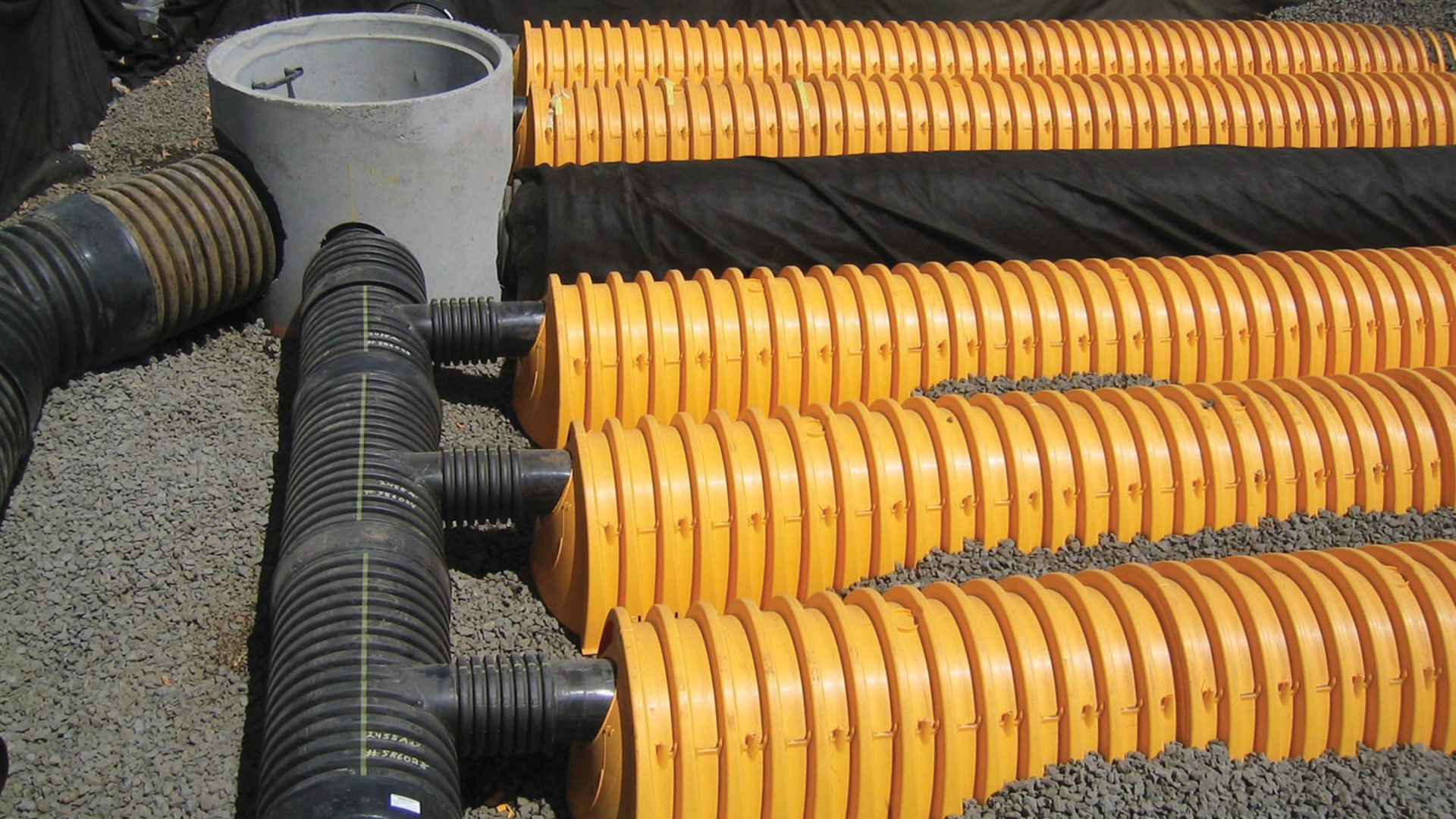
The publication of the Plan for Water by the Department for Environment, Food & Rural Affairs (Defra) in April this year signalled the Government’s intention to tackle water pollution. Clearly, one of the ways to do this is by using a well-designed SuDS management train which considers both water quantity and quality, deploying SuDS components that are appropriate for the levels and types of pollution present in the surface water.
This is recognised in the Plan, with reference to Schedule 3 of the Flood and Water Management Act 2010, which will make adoption of SuDS for new developments mandatory. The Government had announced in January 2023 that Schedule 3 would be finally implemented in England, as it already has been in Wales, possibly coming into force in 2024, subject to consultation.
SuDS are often thought of as a way to manage water quantity by reducing flows into sewers and hence reducing activation of combined sewer overflows (CSOs) which discharge raw sewage into water bodies. SuDS should also be designed to manage water quality directly by removing pollutants where it is carried in surface water. The CIRIA SuDS Manual, C753, prescribes a risk-based approach, setting out the expected levels of pollution for different development types and then defining how natural and engineered SuDS elements, used as a single entity or together, can be used to remove the various forms of pollution.
When it comes to engineered SuDS components, designers and specifiers can turn to British Water, the body which represents water and wastewater companies. Having published a code of practice in 2016 and a ‘how to’ guide for manufactured stormwater treatment devices in 2022, the organisation is now hosting a list on its website of engineered SuDS components which have had their pollution treatment information verified by an independent third party expert. The ADS StormTech system, with its Isolator Row – a built-in water quality treatment device – has recently been added to British Water’s list of assessed surface water treatment devices.
Types of pollution
There are four main types of pollutant that can be found in stormwater run-off: sediments, metals, hydrocarbons and nutrients. Sediments, often referred to in pollution mitigation as total suspended solids (TSS), is particulate matter including particles of soil. Metals and metal compounds can be dissolved in run-off or attached to silts and sediments in the water. Copper and zinc, which are most commonly found in surface water in the UK, can damage plants in higher concentrations.
Hydrocarbon pollution comes with run-off from roads, car parks and areas where machines operate and are maintained, due to oil and fuel spills, tyre and brake wear. Changing climate means that rainfall events are further apart but more intense, leading to higher concentrations of pollutants, as they build up for longer before being washed away.
Nutrient pollution, usually nitrogen or phosphorous based, can come from sources such as run-off from agricultural land where fertiliser has been used or combined sewer outfalls, where wastewater and surface water are discharged into bodies of water. They can lead to algal blooms, which reduces oxygen in the water and can negatively impact on aquatic habitats.
Mitigation indices
The SuDS Manual’s method for dealing with water pollution risks starts by determining pollution hazard indices for the area under consideration. In Table 26.2, the manual provides pollution hazard indices for a range of land uses and for three types of pollution: TSS, metals and hydrocarbons. So, for example, for a busy public car park such as a supermarket or hospital, the index for TSS is 0.7, for metals is 0.6 and for hydrocarbons 0.7.
The next step is to identify a SuDS treatment train that can provide the necessary mitigation indices, either a single stage or using a combination of components. The manual has a table for that too, Table 26.3. However, this table only provides indices for natural SuDS components, stating that proprietary treatment systems must demonstrate that they can address each of the contaminant types to acceptable levels.
For engineered components, British Water’s two documents – Code of Practice for the Assessment of Manufactured Treatment Devices Designed to Treat Surface Run-off and ‘how to’ guide, Applying The CIRIA SuDS Manual (C753) Simple Index Approach To Proprietary/Manufactured Stormwater Treatment Devices – provide a methodology to calculate mitigation indices for TSS, metals and hydrocarbons.
The mitigation indices for ADS StormTech’s Isolator Row are 0.8 for TSS, 0.6 for metals and 0.7 for hydrocarbons = 0.7. This means that it meets the requirements for medium pollution hazard applications and the TSS requirements of high pollution hazard applications and can be used as a combined SuDS attenuation and water quality treatment system without the need for additional components within the treatment train.
This article has been provided by Stuart Crisp at Advanced Drainage Systems – visit adspipe.co.uk




